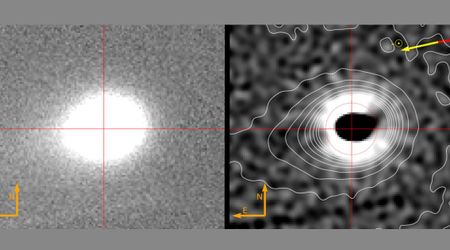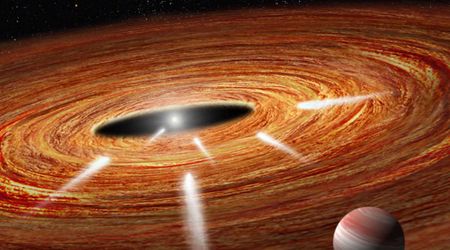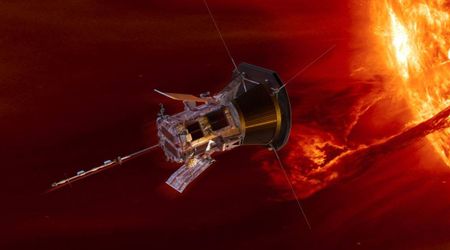Physicist Brian Cox reveals what he finds 'remarkable' about interstellar comet 3I/ATLAS

The comet 3I/ATLAS has fascinated everyone, from seasoned astronomers to casual sky watchers, and English physicist Brian Cox is no exception. In a recent interview with the BBC, the University of Manchester particle physics professor talked about what he finds "remarkable" about the interstellar comet.
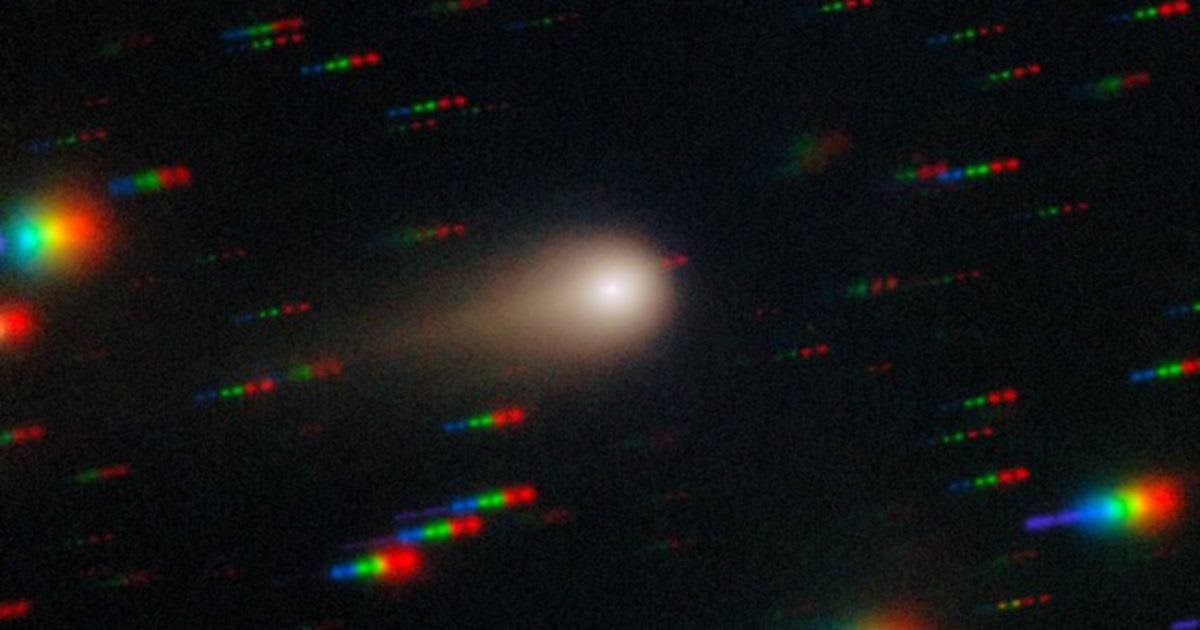
"There's an estimate from a couple of days ago that it might have formed seven and a half billion years ago," he said. "So it was made before the Earth and the Sun had formed out of a cloud of dust. And it's been on its journey across the Milky Way galaxy, and the thing I find remarkable, [...] it's only 400 years [ago] that we were arguing about whether the Earth went around the Sun."

"Now we've sent spacecraft to the planets that Kepler and others were seeing move in the sky, and we're taking photographs of interstellar comets from the surface of other planets in about 400 years," he added, referring to the photos of the object taken from Mars. "So that, to me, is a remarkable story."
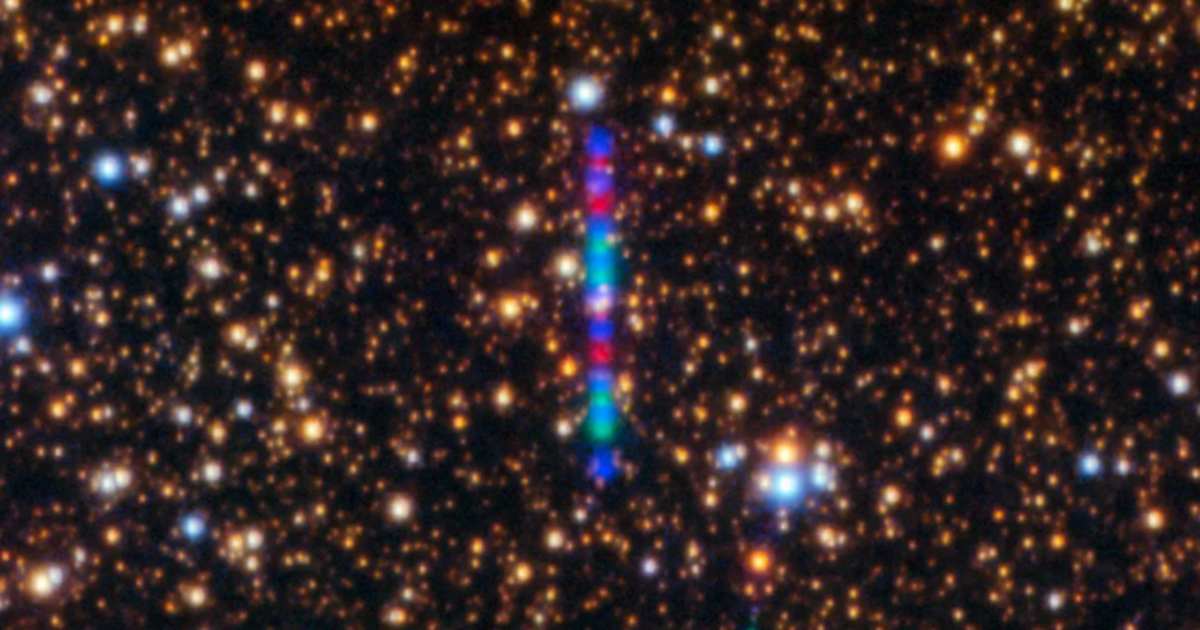
The European Space Agency's (ESA) ExoMars Trace Gas Orbiter could capture images of the comet with the help of its Colour and Stereo Surface Imaging System (CaSSIS). This was no ordinary feat. "This was a very challenging observation for the instrument. The comet is around 10,000 to 100,000 times fainter than our usual target," explained Nick Thomas, Principal Investigator of the CaSSIS camera.
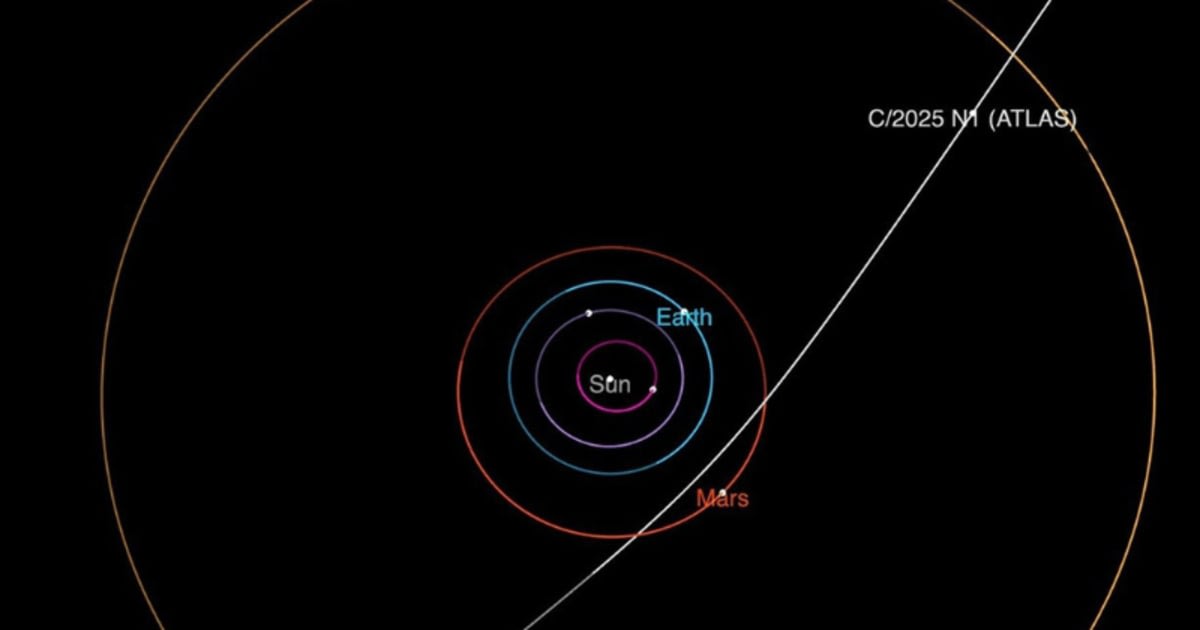
The Jupiter Icy Moons Explorer (JUICE) spacecraft is also tasked to photograph the comet after it reaches the aphelion, per the ESA.
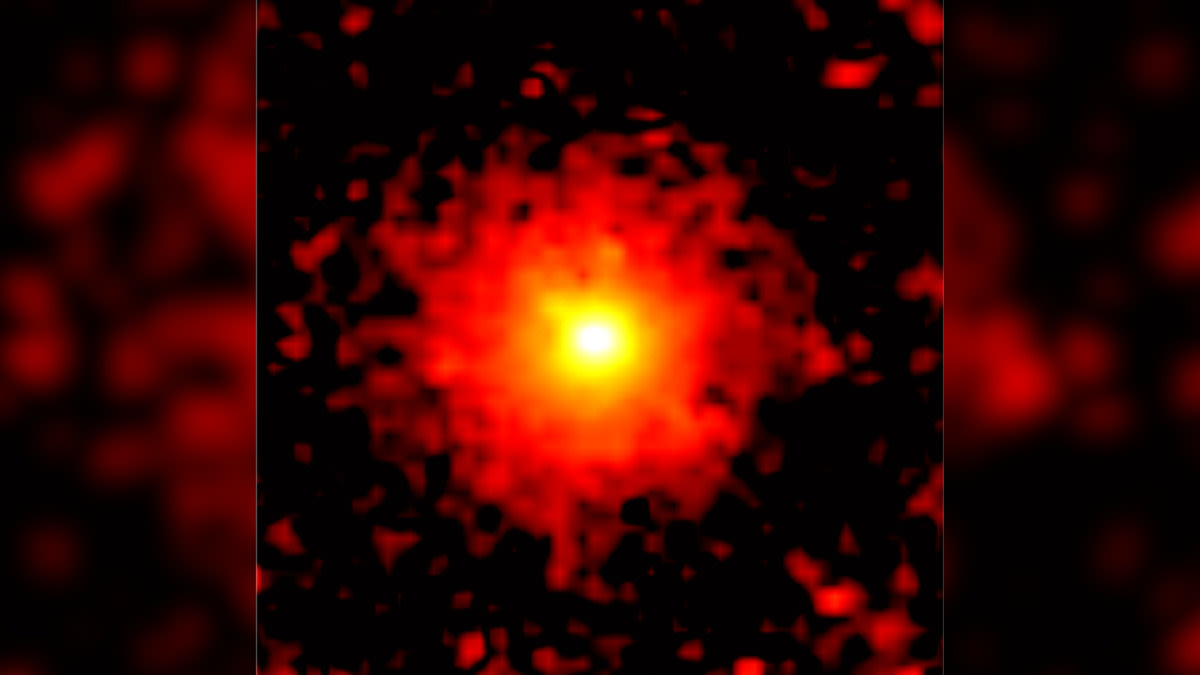
Comet 3I/ATLAS was first spotted by the Asteroid Terrestrial impact Last Alert System (ATLAS) telescope on July 1, 2025. Not only did it appear to be the fastest object of its kind ever observed, but its eccentricity, ranging between 6.1 and 6.2, confirmed that it is interstellar in nature, the third observed so far after 1I/'Oumuamua in 2017 and 2I/Borisov in 2019. That's not all. With its probable age being more than 7 billion years, per Oxford University astronomer Matthew Hopkins, it could be the oldest comet ever observed.

There has also been speculation that 3I/ATLAS might be an alien spacecraft or piece of alien technology. The theories spread and prompted clarifications from NASA and SETI that there’s no evidence for these claims. In fact, more recently, the MeerKAT radio telescope in South Africa, operated by the South African Radio Astronomy Observatory, detected lines of radio absorption by hydroxyl radicals, a pattern consistent with usual comet activity.
Interstellar comet 3I/ATLAS right now is approximately 199 million miles away from us, per The Sky Live, traversing the constellation Virgo. According to astronomers, on December 19, 2025, the comet will be closest to the Earth, at a distance of 268.9 million kilometers or 167.2 million miles (or 1.797 AU).
(NOTE: This video clip was posted by a YouTube channel that shares snippets from UK TV programs)
More on Starlust
Astronomers stunned as interstellar comet 3I/ATLAS unexpectedly turns blue and bright near the Sun
Comet 3I/ATLAS is in the Virgo constellation—here's how you can locate it


